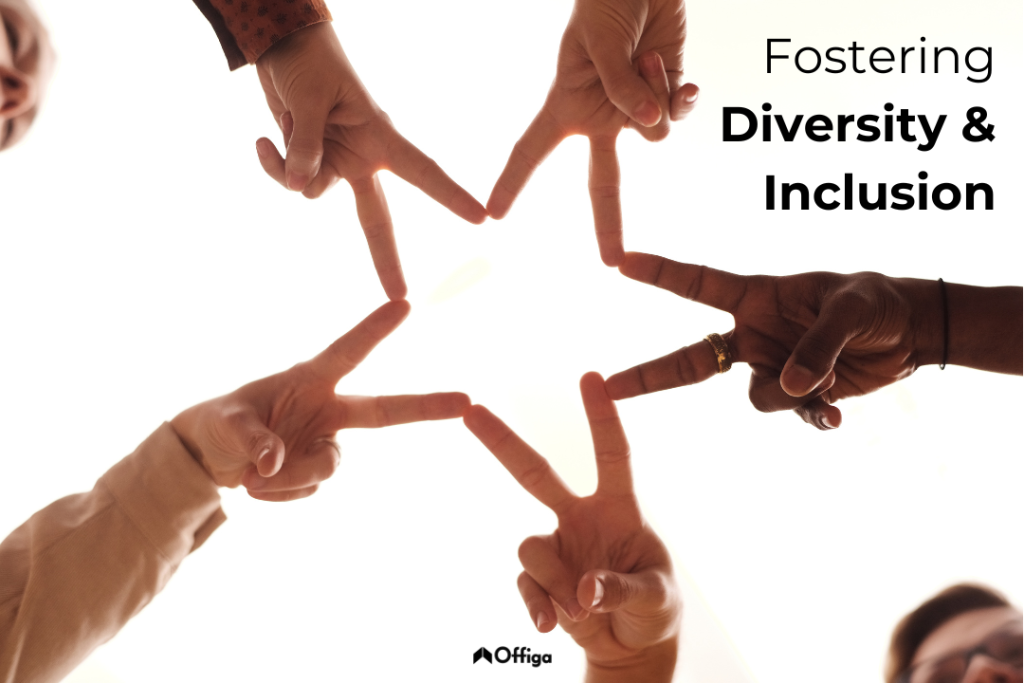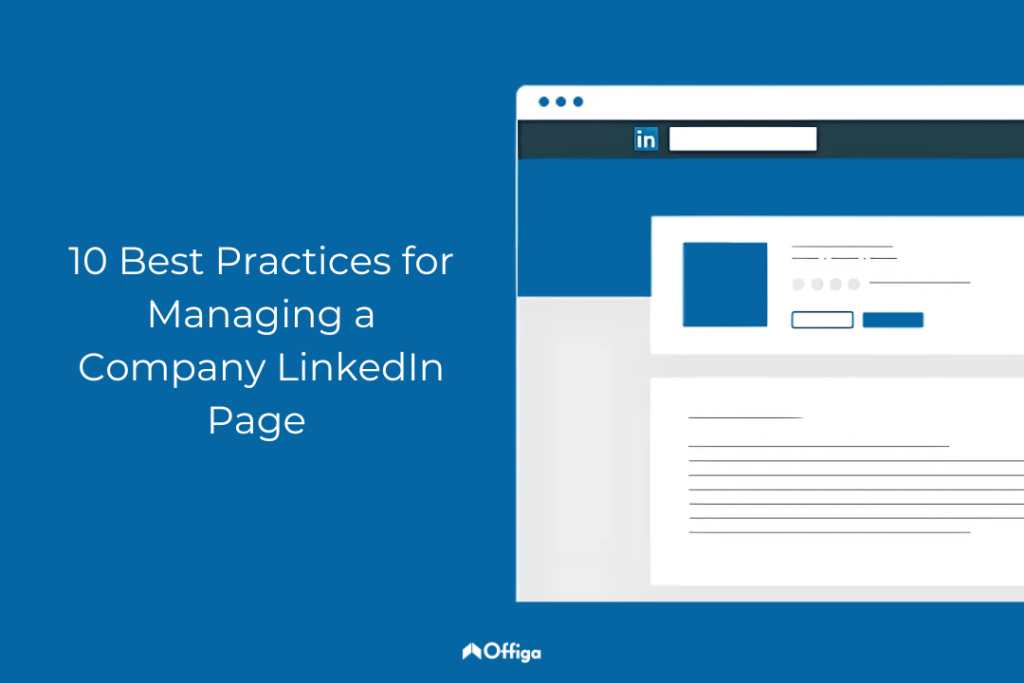Creating a diverse and inclusive workplace is not just ethically right; it’s also a strategic imperative for organizations seeking to thrive in today’s globalized and competitive business environment. A diverse workforce brings a wealth of perspectives, ideas, and experiences, leading to greater innovation, improved problem-solving, and enhanced business performance. This guide outlines five key strategies for effectively managing diversity in the workplace and fostering a culture of inclusion.
Secure Leadership Commitment and Support:
Diversity and inclusion initiatives must be driven from the top down. Secure buy-in and active support from senior leadership. Leaders must champion diversity and inclusion, communicate its importance to the organization, and hold managers accountable for creating inclusive teams.
Implement Inclusive Hiring Practices:
Review your hiring processes to identify and eliminate any potential biases. Ensure your job postings are inclusive and reach a diverse pool of candidates. Use blind resume screening or structured interviews to reduce unconscious bias in the selection process.
Provide Diversity and Inclusion Training:
Offer regular diversity and inclusion training to all employees. Training should cover topics such as unconscious bias, cultural sensitivity, microaggressions, and inclusive communication. Training can help raise awareness, promote understanding, and equip employees with the skills to create a more inclusive workplace.
Create Employee Resource Groups (ERGs):

Employee Resource Groups (ERGs) provide a platform for employees from diverse backgrounds to connect, share experiences, and support each other. ERGs can also provide valuable input to the organization on diversity and inclusion initiatives.
Foster a Culture of Open Communication and Feedback:
Create a safe and open environment where employees feel comfortable discussing diversity and inclusion issues. Encourage employees to share their perspectives and provide feedback. Actively listen to employee concerns and take steps to address any issues promptly. Recognizing and celebrating diversity through thoughtful gestures, such as acknowledging cultural holidays or providing small tokens of appreciation, can also contribute to a more inclusive environment. Many organizations are exploring the role of corporate gifting in creating a sense of belonging and appreciation within diverse teams. Check out this LinkedIn post to know more!
By implementing these strategies, organizations can create a workplace where all employees feel valued, respected, and empowered to succeed. A diverse and inclusive workplace is not just a nice-to-have; it’s a must-have for organizations seeking to attract and retain top talent, foster innovation, and achieve sustainable business growth. Research consistently demonstrates that diverse companies outperform their less diverse counterparts. Furthermore, studies have shown a strong correlation between inclusive leadership and employee engagement.




